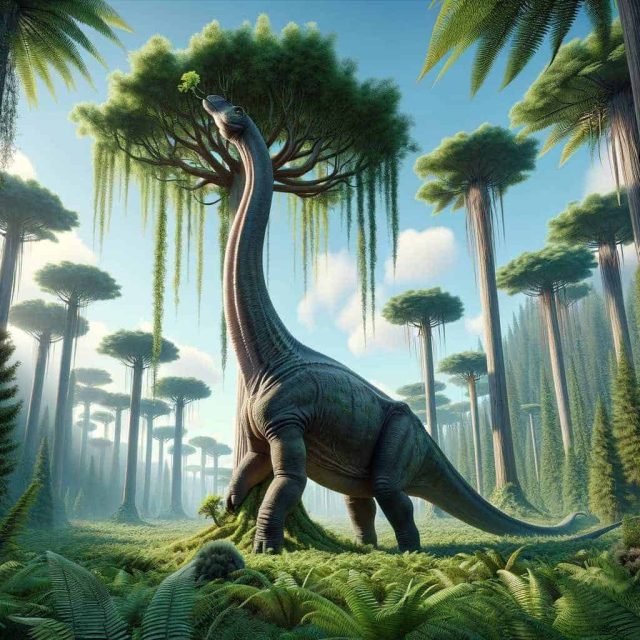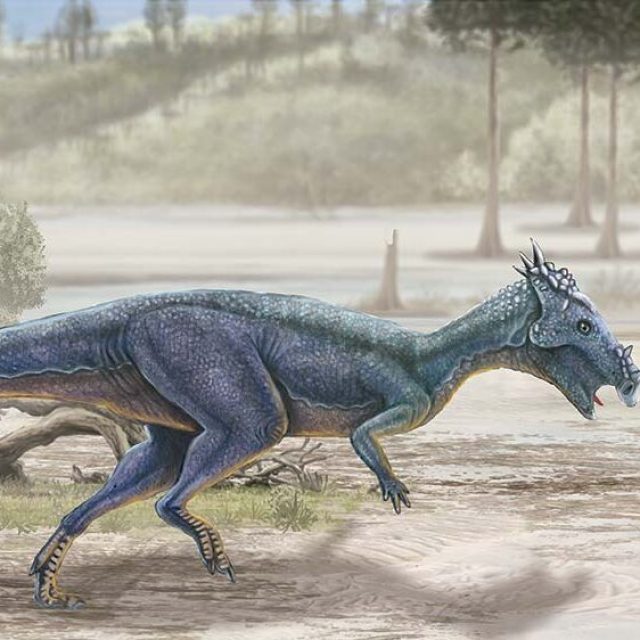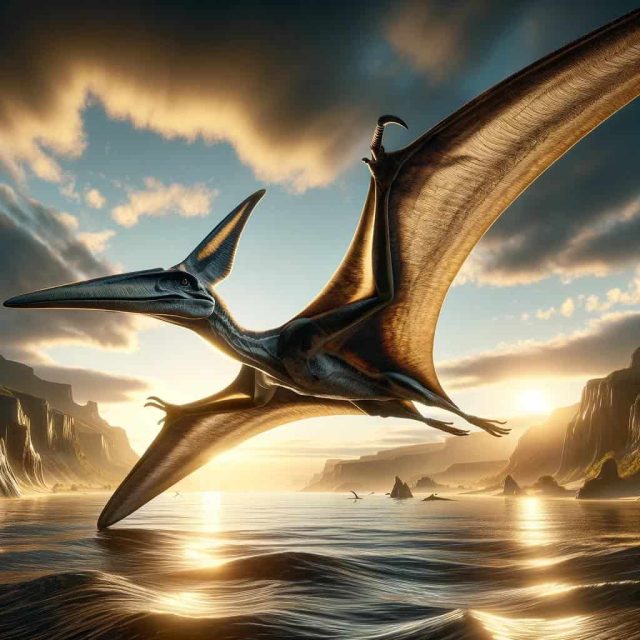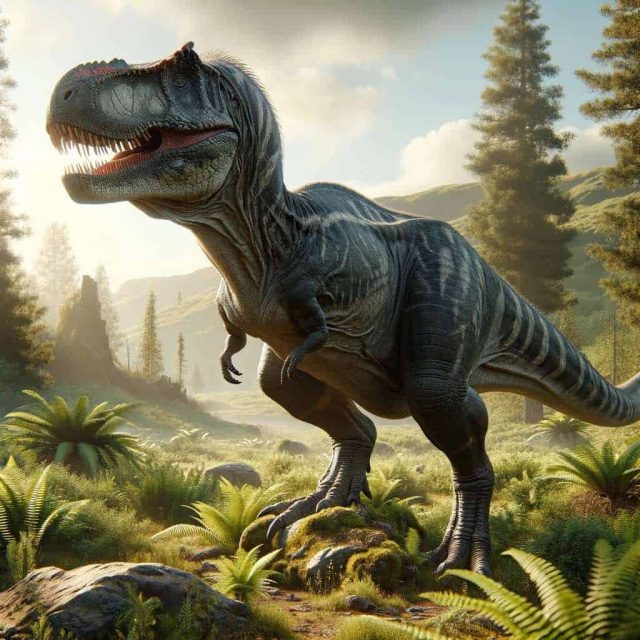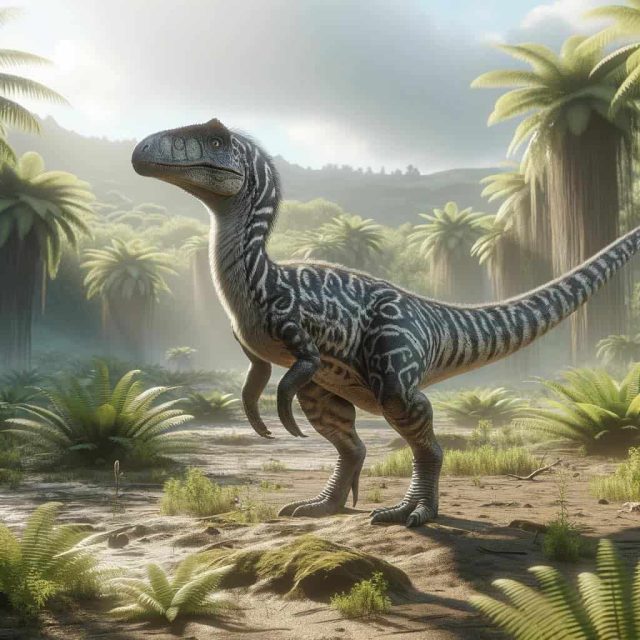Its name means iguana tooth. It is halfway between the bipedal and fast dinosaurs, and the duck-billed dinosaurs. It was a grazing dinosaur that normally moved on four legs but could run on two. It had four fingers and a thumb equipped with a very sharp spur (19cm) which it used to defend itself against predators.
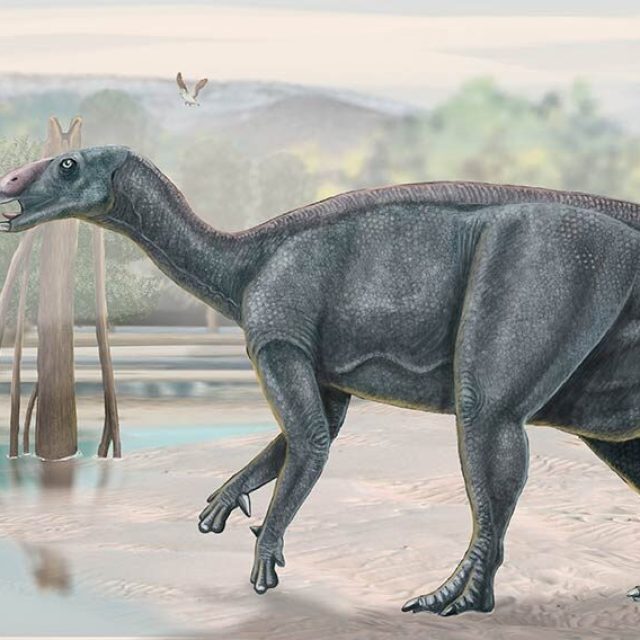
Iguanodon
Family
ornistiquios
Era
Cretácico temprano, hace 135 millones de años
Where he lived?
Bélgica, Inglaterra, Alemania, el norte de África y los EE. UU.
Weight
5.000Kg
Height
2,7m
Length
10m
see more dinosaurs
plan your visit

